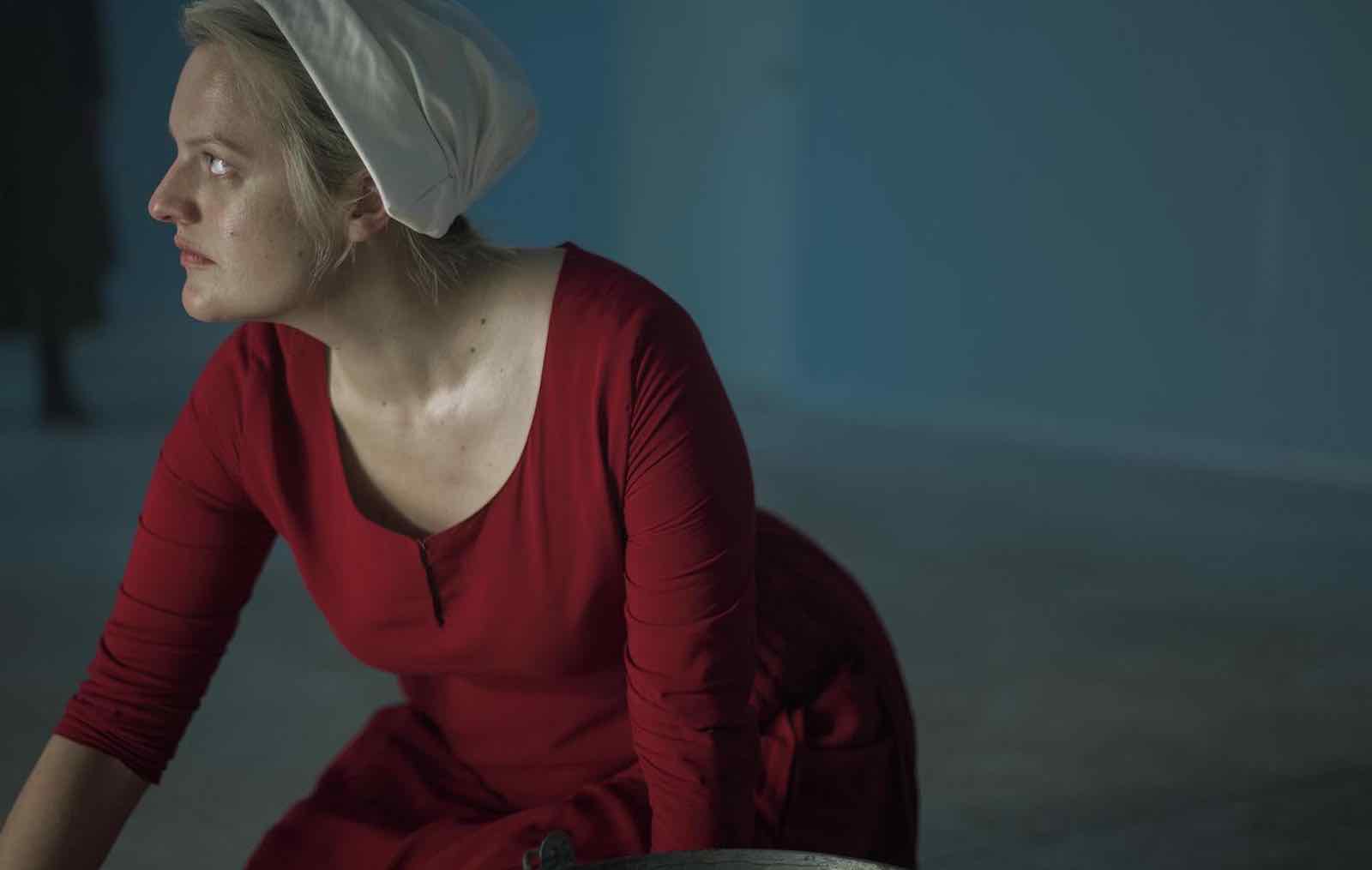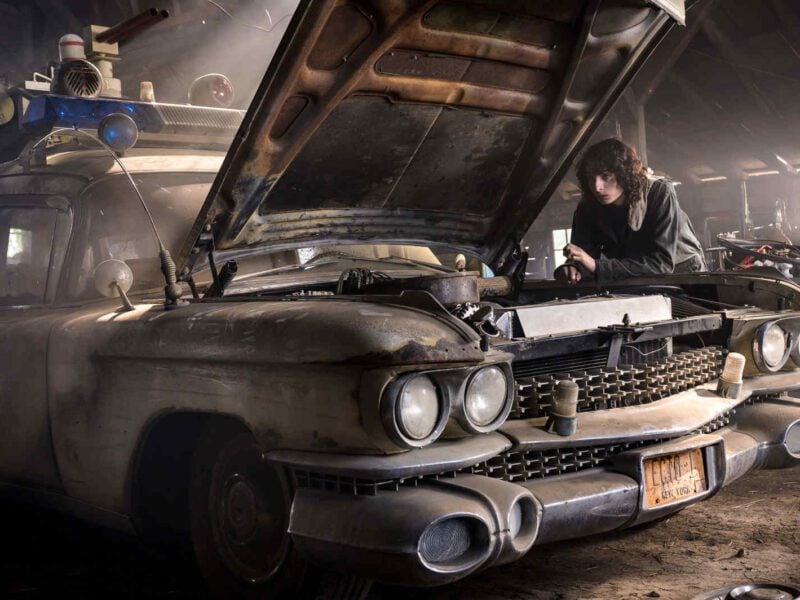
Hulu’s ‘The Handmaid’s Tale’: What is this dystopian drama about?
The Handmaid’s Tale: The devil’s in the detail
Netflix’s most talked-about dystopian drama, The Handmaid’s Tale, is returning to Hulu this week, and let’s just say Gilead looks as bleak as ever. The characters in the adaptation of Margaret Atwood’s classic novel are in for what looks like more violence, oppression, and secretive yet powerful signs of resistance.
In case you didn’t catch the first season, The Handmaid’s Tale is set in a future dystopian America in which an extreme religious rights group has taken control and imposed a violent dictatorship in which women have been stripped of all their rights.

For most viewers, the show is simply a form of escapism, offering insight into a terrifying world that seems highly exaggerated to Western viewers. You may be surprised to learn the tropes in the show are all based on real-life events.
According to Atwood, “One of my rules was that I would not put any events into the book that had not already happened . . . nor any technology not already available. No imaginary gizmos, no imaginary laws, no imaginary atrocities. God is in the details, they say. So is the Devil.” Below are just a handful of The Handmaid’s Tale’s plot points based on real-life occurrences either in a totalitarian state, military regime, or religious order.
Before you watch The Handmaid’s Tale, you may be wondering . . . what is this dystopian drama all about?
Warning: spoiler alert!

The handmaids as concubines and roots in the Bible
At the heart of The Handmaid’s Tale is the concept of fertility and childbirth. In the story, the poisoning of the environment has resulted in a dramatic drop in fertility. The ruling regime has therefore enslaved fertile women, forcing them to become concubines within privileged households. Here they undergo a monthly impregnation ceremony with their commanders in order to bear a child for the commander and his wife.
This concept is actually based on a Biblical story in Genesis 30, involving Jacob and his two wives, Rachel & Leah. When Rachel cannot bear a child, she orders Jacob to impregnate her maid, Bilhah. A reference to the story was even made in the first episode of the Hulu series, where Offred (Elisabeth Moss) and other women are inculcated into their new roles as handmaids at the Rachel and Leah Center. Easter egg alert!

Handmaids, Nazis, and the disturbing tale of the Lebensborn program
It’s no surprise that Atwood references the Nazi regime, one of the most violent dictatorships in world history, in the Gilead sphere. In the case of The Handmaid’s Tale, the concept of a breeding schedule was influenced by the Lebensborn program of the Nazis’ security & surveillance corps.
In 1935, with Germany’s birth rates dropping, Hitler’s right-hand man Heinrich Himmler launched the Lebensborn program – an initiative by which SS officers impregnated young German women at breeding farms in an attempt to improve the country’s “Aryan” stock. The key difference here is that the women chose to join Lebensborn voluntarily, whereas the handmaids have no freedom of choice. Which brings us onto the next reference . . .

The handmaids and their lack of independence
The handmaids are stripped of every ounce of freedom they enjoyed before the government was overthrown. Some have likened the series women’s experience in Saudi Arabia, where they are banned from voting, driving, interacting with the opposite sex unsupervised, and handling financials.
Saudi-American poet Majda Gama recently described being unable to sleep after watching the opening episodes of The Handmaid’s Tale. “It raised thoughts I literally never tell my Caucasian friends because they wouldn’t understand, because what Offred lived as some cautionary tale felt very much like my lived reality. One woman’s dystopia is another woman’s reality.”

“Salvaging”: The practice of public execution
One of the most harrowing scenes in the first series involves a man accused of rape being beaten to death by the handmaids as part of a sinister ceremony called “salvaging”. For many viewing, it’s hard to imagine such a brutal practice, but the storyline drives home that this is still considered a fitting punishment for criminals in certain countries.
As the BBC put it, “This echoes the practice of public execution, which continues in some countries to this day, including North Korea and Saudi Arabia.”

Stolen identity: The Handmaid’s Tale and its link to the slave trade
The Handmaid’s Tale presents a world in which women are stripped of their autonomous identity and viewed only as a vehicle for labor & procreation, which is reminiscent of the violent and unforgettable history of the slave trade.
This has actually brought into question one of the negative byproducts of the show: a feeling of separation. In the words of writer Jenae Holloway, “I find myself a little frustrated and jealous that my white feminist allies are able to digest The Handmaid’s Tale through the lens of a fictitious foreboding, instead of an alarming recount of a very real and dark past.”

Reality: Scarier than fiction?
Perhaps this is what makes The Handmaid’s Tale so deeply terrifying – not because we fear society could descend into a similar reality, but because it already happened. No doubt the second season will continue to echo the darkest moments in world history, reminding us of times that are gone but thankfully not forgotten.







